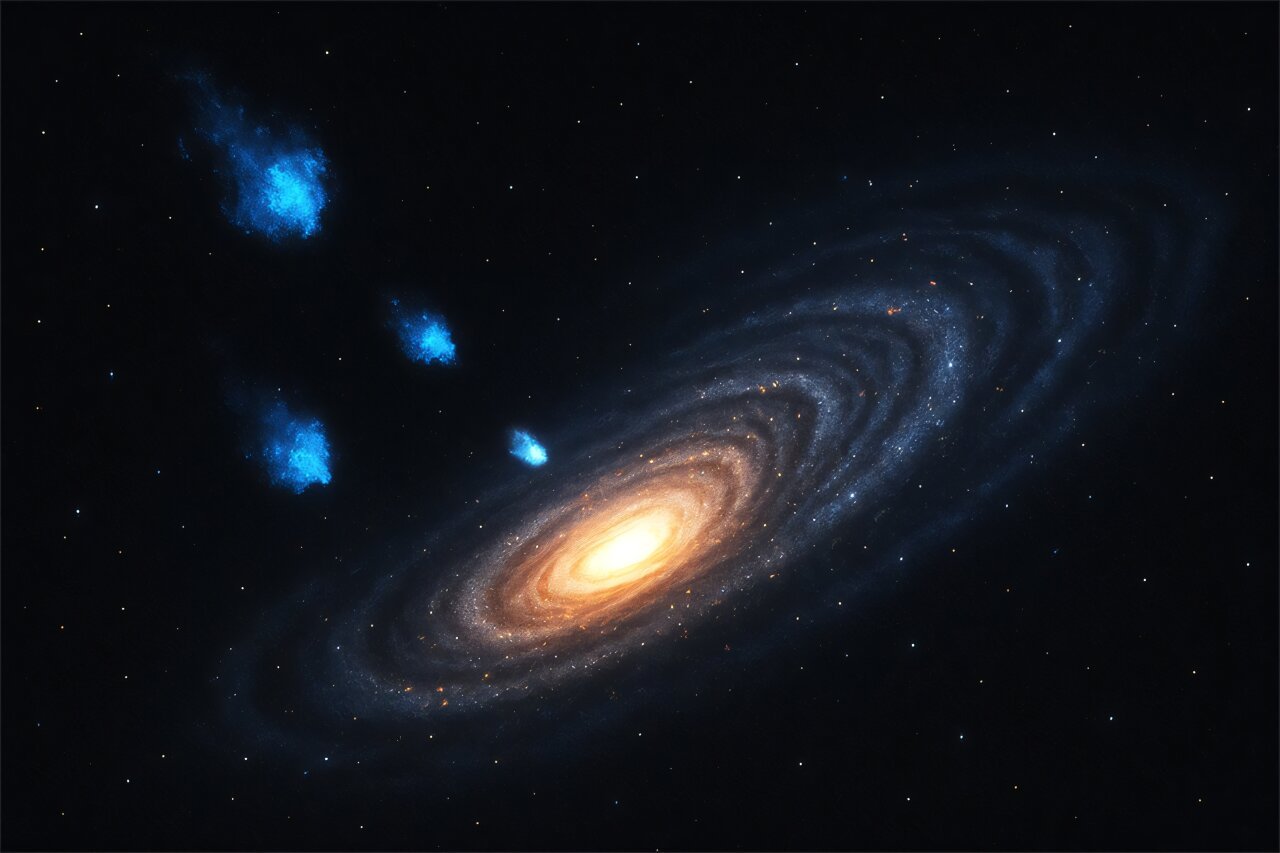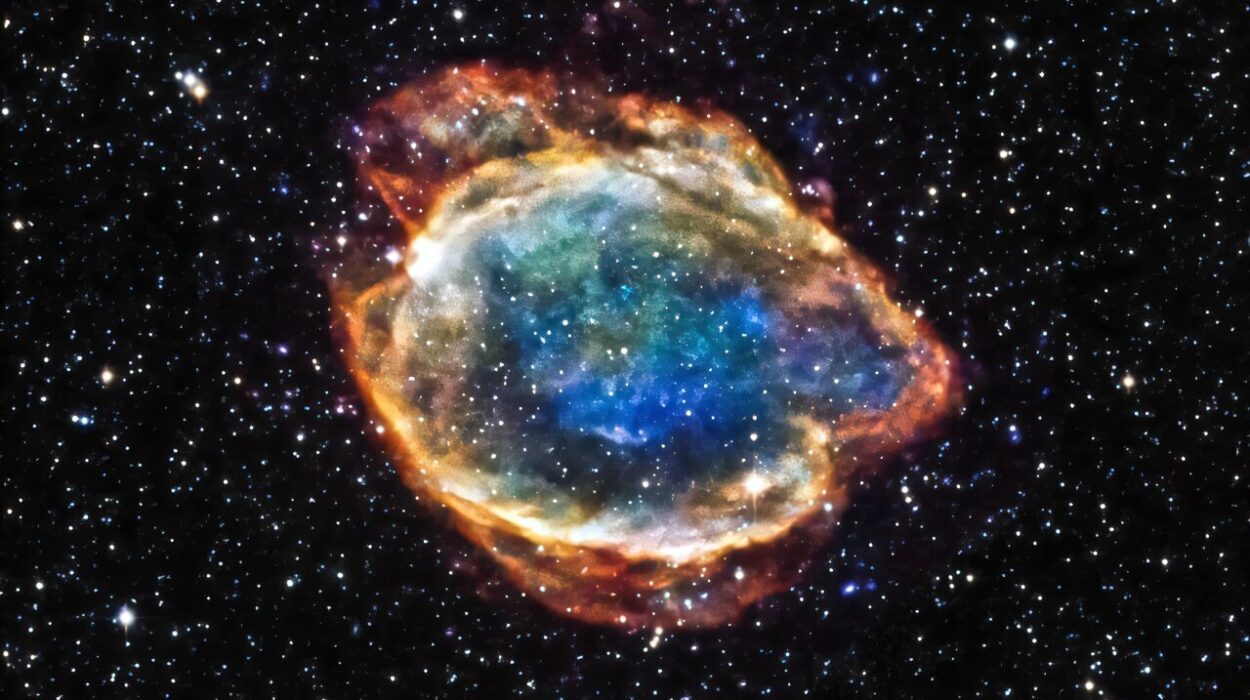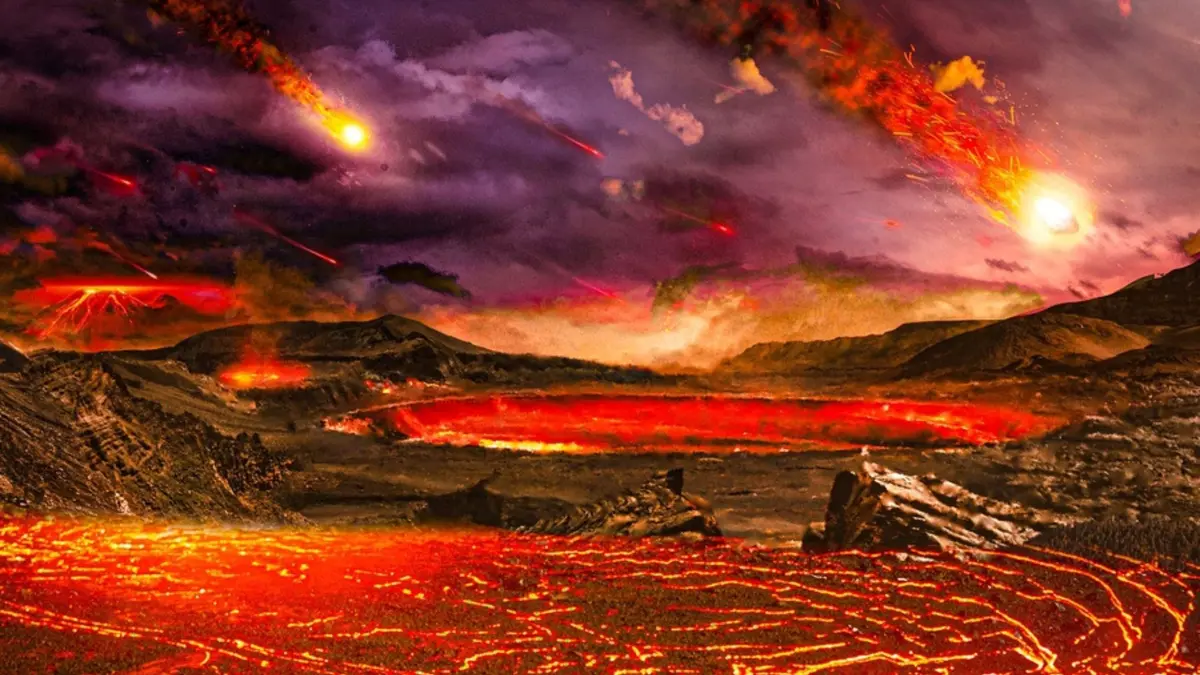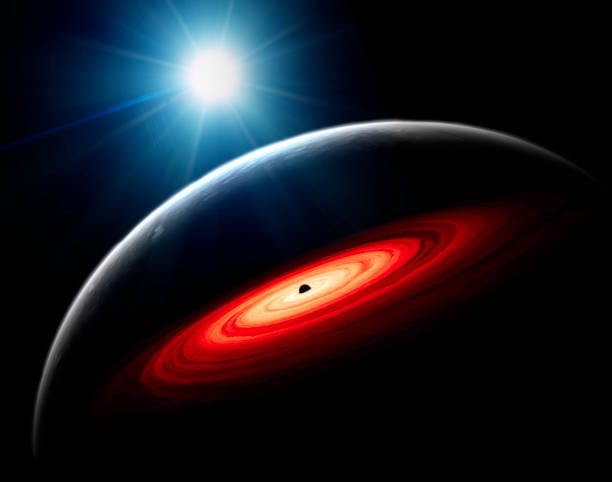In the swirling arms of a galaxy 15 million light-years away, something extraordinary is happening. The Southern Pinwheel Galaxy, known to astronomers as M83, has just offered up one of its best-kept secrets: massive clouds of star-forming gas hurtling through space at breakneck speeds—gas that may not even belong to the galaxy itself.
This breakthrough, powered by the Atacama Large Millimeter/submillimeter Array (ALMA) Telescope and spearheaded by a team led by Professor Jin Koda of Stony Brook University, could fundamentally reshape how we understand galaxy evolution—not just in M83, but potentially in our own Milky Way.
Published in The Astrophysical Journal, the team’s findings mark the first systematic discovery of high-velocity molecular gas clouds in a galaxy outside our own. And their origin story might be more cosmic than anyone expected.
A Galaxy’s Hidden Hunger
Galaxies, those luminous islands of stars and dust scattered across the universe, are living systems. They are born, they age, and they evolve. At the heart of this evolution is gas—the invisible fuel that births stars. But here’s the catch: if a galaxy were to rely only on the gas it started with, it would burn through its reserves in roughly a billion years.
So how do galaxies keep forming stars for billions of years? They must be receiving gas from somewhere else.
That’s where M83 steps in. This majestic, face-on spiral galaxy in the constellation Hydra is a cosmic twin of the Milky Way—a sprawling, star-studded pinwheel with spiral arms brimming with star-forming material. It’s an ideal laboratory for testing ideas about how galaxies stay alive.
The Cosmic Clues Hidden in Molecular Gas
The team led by Professor Koda—working with Maki Nagata and Fumi Egusa of the University of Tokyo—used ALMA to survey molecular gas across M83 with unprecedented sensitivity. Molecular gas is the raw material from which stars are born, and ALMA’s precision allows researchers to trace its movements in detail.
What they found surprised everyone.
“We discovered ten massive clouds of molecular gas moving at velocities significantly different from the rotation of the galaxy,” says Nagata, a graduate student and one of the study’s lead authors.
That difference in motion is key. If the gas were born inside the galaxy, it would likely be moving in sync with M83’s spinning arms. But these clouds—massive, fast, and rogue—are behaving differently.
“Most of these clouds do not correspond to any known supernova remnants in M83,” explains Koda. That’s important because one possibility was that these clouds were ejected by powerful supernova explosions. But their sheer speed and energy seem too great for even the most violent stellar death to explain.
“Even if they were accelerated by supernova explosions, their kinetic energies are too high to be explained by a single event,” Koda adds.
Gas From the Cosmic Outside
That leaves another possibility—one that rewrites how we think about galactic survival. What if these clouds are not from M83 at all? What if they’re intergalactic immigrants?
“These features strongly suggest that many of the observed high-velocity clouds must be flowing into M83 from external sources,” says Nagata.
In other words, M83 may be gulping gas from the cosmic environment around it—streams of molecular material drifting through space, pulled in by gravity, and injected into the galaxy like oxygen into lungs.
This process, if confirmed, could solve a long-standing mystery in astronomy: how galaxies replenish the gas they need to keep forming stars. While past observations have shown atomic gas inflows in some galaxies, molecular gas—the dense, cold kind that directly forms stars—was rarely seen entering from outside.
Now, for the first time, scientists have found compelling evidence of this exact process, in vivid detail.
What It Means for the Milky Way
M83 isn’t just another galaxy—it’s a mirror to our own. A spiral galaxy of similar size and structure, it offers astronomers a glimpse into the processes that may be shaping the Milky Way as we speak.
“This galaxy resembles our own Milky Way,” says Koda, “therefore findings there may also provide clues into star formation and galaxy evolution in the Milky Way.”
If the Milky Way is also inhaling gas from intergalactic space, it might explain how our galaxy continues to form new stars even billions of years after its birth. And it raises new questions: Where exactly does this external gas come from? Are there giant intergalactic rivers of star-forming material threading the cosmos? And how often do galaxies drink from them?
The discovery also opens the door to a new era in galactic research. “This study provides the first systematic investigation of high-velocity molecular clouds in nearby galaxies,” the team notes.
A Living, Breathing Cosmos
What makes this story so powerful is what it tells us about the universe: that galaxies are not closed, static systems. They are dynamic, hungry, connected to the vast fabric of space in ways we are only beginning to understand.
Far from being isolated star factories, galaxies may rely on invisible supply lines of gas to sustain their brilliance. They may breathe.
The team plans to continue their observations and expand their investigation, seeking to understand exactly how this gas forms outside the galaxy, how it travels, and how often such events occur.
Their work is part of a growing field of astrophysics that treats galaxies not as islands, but as organisms in a vast cosmic ecosystem—feeding, growing, changing, and evolving over time.
And in a universe where even massive galaxies depend on a steady breath of fresh gas, it’s a humbling reminder: even the grandest structures in the cosmos need something to keep them alive.
Reference: Maki Nagata et al, High-velocity Molecular Clouds in M83, The Astrophysical Journal (2025). DOI: 10.3847/1538-4357/addab7






